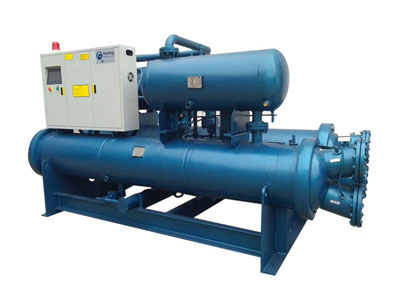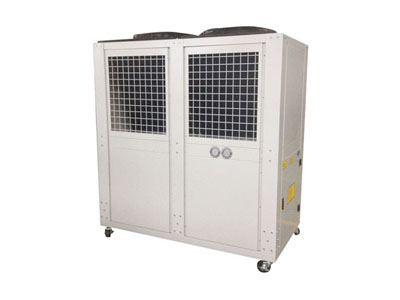How Much Do You Know About Water-cooled Chillers?
According to the Department of Energy (DOE), chillers consume around 20% of the country's total electricity production. What's more, they can add up to 30% of a building's additional energy use due to operational inefficiencies. This costs companies and building facilities billions of dollars every year. Today, commercial buildings are fitted with highly efficient HVAC systems designed to improve the sustainability and performance of the building. This brings us to water-cooled chillers, which are an essential HVAC component for a variety of commercial facilities. Read on to find out more about water-cooled chillers and whether it's right for your facility.
Features of a water-cooled chiller
Water-cooled chillers are the chillers of choice for power plants and other large facilities with a steady water supply.
Flooded Type Screw Type Chiller
In particular, chillers help to transfer heat from the internal environment to the external environment, making the room more comfortable. However, not all chillers are suitable for commercial spaces. Water-cooled chillers are suitable because they transfer heat more accurately, are more energy efficient and have a longer life span. They are typically used in medium to large facilities that provide a consistent and efficient water supply. Examples include restaurants, factories, hotels, sports stadiums and healthcare facilities.
In addition, water-cooled chiller systems have a cooling tower, so they are more energy efficient than air-cooled chillers. Typically, these chillers use water from the cooling tower to condense the refrigerant. The refrigerant depends on the temperature and flow rate of the water entering the condenser, which acts according to the ambient wet bulb temperature. Ultimately, because the wet bulb temperature is lower than the dry bulb temperature, the condensing temperature of the refrigerant can be significantly lower and operate more efficiently.
What makes them different?
Water-cooled chillers are ideal for industrial and commercial air conditioning because they are not dependent on fluctuations in external temperatures. They are also available in a variety of sizes to suit all types of facilities. From 15 tonne capacity models to 2000 tonne models for large facilities such as shopping malls and airports.
Air-Cooled Chiller
In addition, water-cooled chillers are usually installed indoors. This protects against the outdoor elements and ensures that the system maintains a longer service life. However, bear in mind that due to the cooling tower system, these chillers require additional installation costs and maintenance compared to other chillers.
How do water-cooled chillers work?
Water-cooled chillers have three main components - the evaporator, condenser and cooling tower.
Evaporator
This component releases water at low temperatures and pushes it through the system with the help of a pump.
A network of pipes passes the chilled water through several parts of the building, exchanging the cold water with the room temperature. The warmer water then returns to the evaporator, where the refrigerant absorbs unwanted heat while directing it to the condenser.
Condenser
The heated water passes through the condensate circuit. This, in turn, will condense the water, which then travels to the cooling tower.
Cooling tower
This is where the chiller gets rid of the unwanted heat. Fans provide cool air to the unit, cooling the water that flows from the condenser. The cooled water then now returns to the condenser and the cycle continues.


评论
发表评论